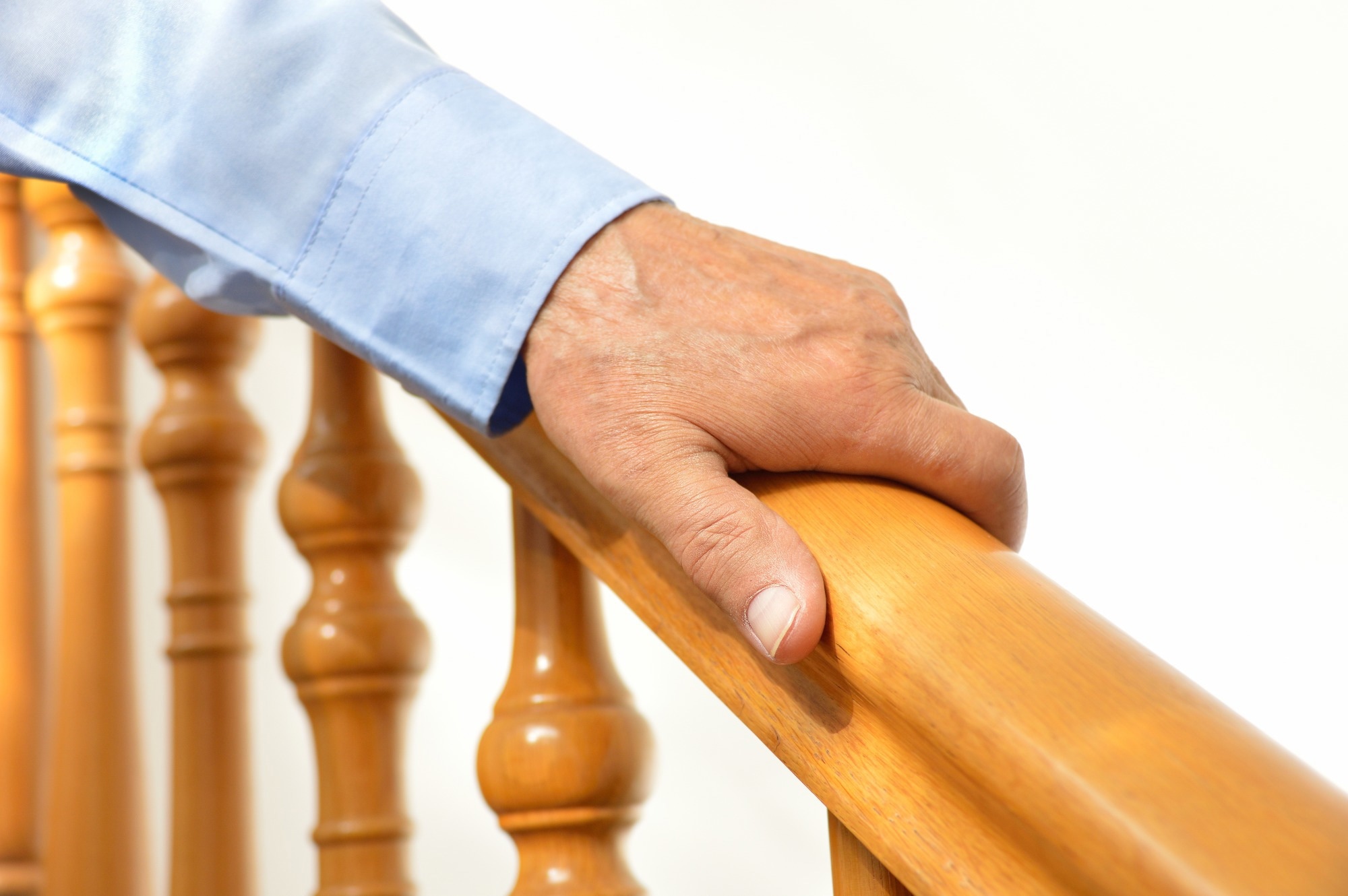A study investigating risk factors and vectors of severe acute respiratory syndrome coronavirus 2 (SARS-CoV-2) household transmission reveals that the presence of the virus on the hands of primary and secondary cases and on frequently-touched surfaces is associated with transmission risk. The study is published in the journal THE LANCET Microbe.
 Study: Risk factors and vectors for SARS-CoV-2 household transmission: a prospective, longitudinal cohort study. Image Credit: cunaplus / Shutterstock
Study: Risk factors and vectors for SARS-CoV-2 household transmission: a prospective, longitudinal cohort study. Image Credit: cunaplus / Shutterstock
Background
SARS-CoV-2, the causative pathogen of the coronavirus disease 2019 (COVID-19) pandemic, is an RNA virus that primarily infects respiratory epithelial cells by binding cell membrane receptor angiotensin-converting enzyme 2 (ACE2) via its spike glycoprotein.
Many studies have confirmed that viral transmission primarily occurs through large respiratory droplets and small respiratory aerosols. However, some studies have also highlighted the possibility of transmission through contaminated surfaces.
In the current study, scientists have explored whether the presence of SARS-CoV-2 on the hands of infected household members and on frequently-touched surfaces can predict the household transmission of the virus.
Study design
This longitudinal cohort study was conducted on laboratory-confirmed symptomatic primary COVID-19 cases and their household contacts (secondary cases) residing in London, United Kingdom. Both symptomatic and asymptomatic contacts were enrolled to maximally detect household transmission events. The study period included pre-alpha (B.1.1.7) and alpha-dominated periods.
Upper respiratory tract samples collected from the contacts were serially tested for SARS-CoV-2 using reverse-transcription polymerase chain reaction (RT-PCR). The virus testing was also conducted on the hands of primary cases and their household contacts as well as on frequently-touched surfaces from communal areas.
Important observations
A total of 414 household contacts, including 152 PCR-positive and 262 PCR-negative contacts, from 279 households were included in the study analysis. The majority of study participants were unvaccinated. Among all household contacts, 134 had longitudinal serological data and were included in the serology subgroup. None of the participants in this group was vaccinated against COVID-19.
In the entire group of household contacts, the proportion of PCR-negative test results was significantly higher among vaccinated participants and those with comorbidities. In this group, the overall household infection rate was estimated to be 36.7%. In the serology subgroup, the estimated infection rate was 44%.
A significantly higher risk of infection transmission was observed among closely-related housemates (partners or bedroom-sharing relatives) compared to that among non-related housemates. Moreover, contacts exposed to the SARS-CoV-2 alpha variant exhibited a higher infection rate than those exposed to pre-alpha variants.
The analysis of hand- and surface-collected samples revealed that the respiratory viral load of primary cases is associated with the detection of viral RNA on their hands. However, no correlation was observed between their respiratory viral load and household infection rate.
The presence of viral RNA on the hands of primary cases was found to increase the risk of infection transmission to their household contacts. Moreover, the presence of viral RNA on the hands of contacts was found to increase their risk of having a positive SARS-CoV-2 test result.
Households where one or more surfaces were contaminated with viruses, had an increased infection risk for contacts. In addition, virus RNA detection on contacts' hands also correlated with contaminated household surfaces.
Study significance
The study reveals an infection rate of approximately 52% among predominantly unvaccinated and infection-naïve household contacts exposed to alpha variant-infected primary cases.
The study identifies frequently-touched household surfaces, hands of primary cases, and contacts as potential vectors for SARS-CoV-2 household transmission. By conducting whole genome sequencing of isolates collected from primary cases and their contacts, the study confirms that SARS-CoV-2 infections detected in household contacts are associated with household transmission.
As mentioned by the scientists, the study findings add valuable information to the existing literature about the dynamics of SARS-CoV-2 household transmission. This information further supports the usefulness of non-pharmacological control measures, including handwashing, surface cleaning, physical distancing, avoiding direct contact, and face masking, to break the chain of viral transmission and control the trajectory of the COVID-19 pandemic.
In the case of newly emerging viral variants that have the ability to overcome pre-existing immunity developed by vaccination or infection, alternative public health interventions are essential. As mentioned by the scientists in the article, "the straightforward public health interventions and messaging underpinned by our evidence provide a timely, pragmatic component of the future toolkit for living safely with COVID-19."